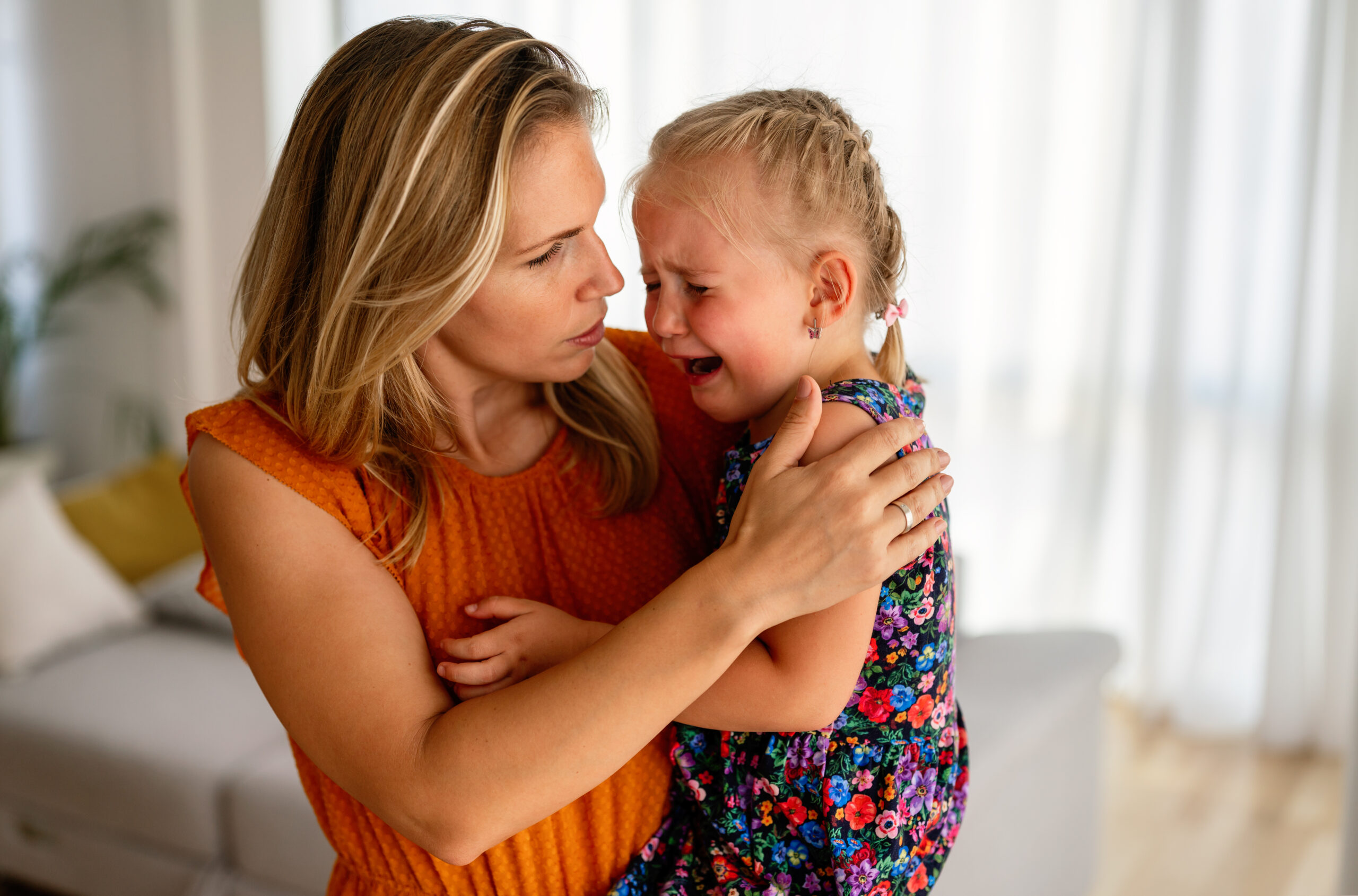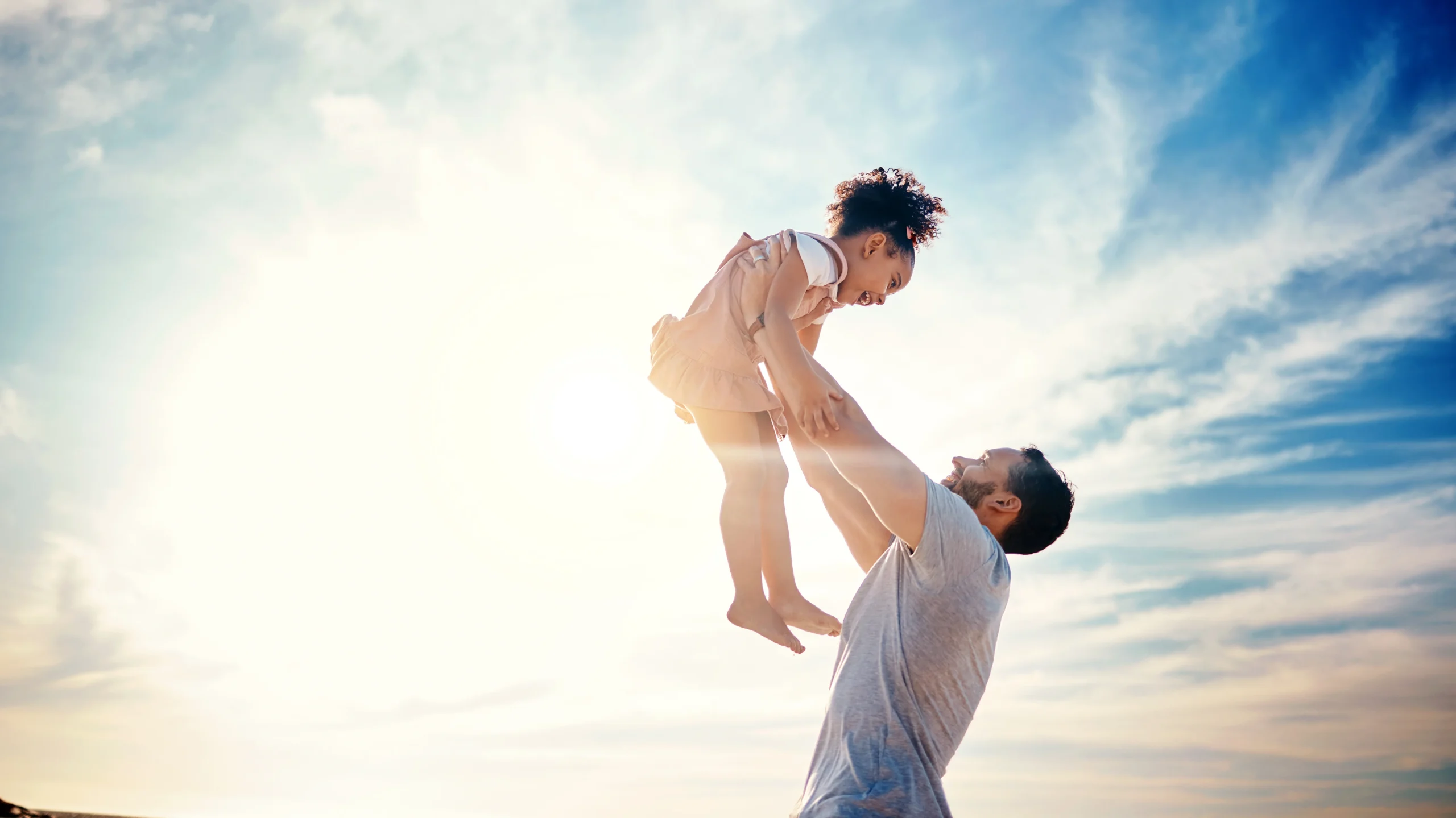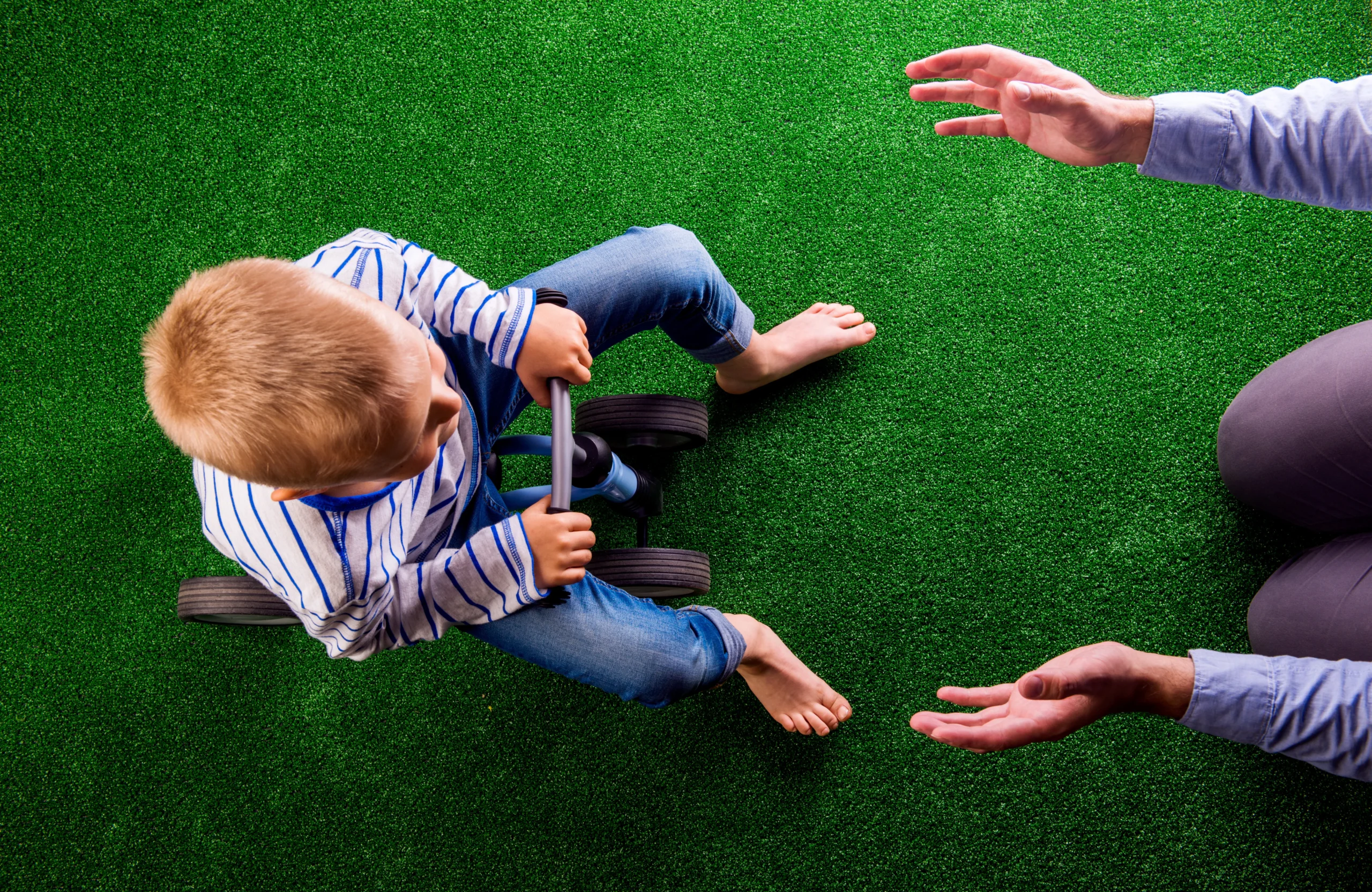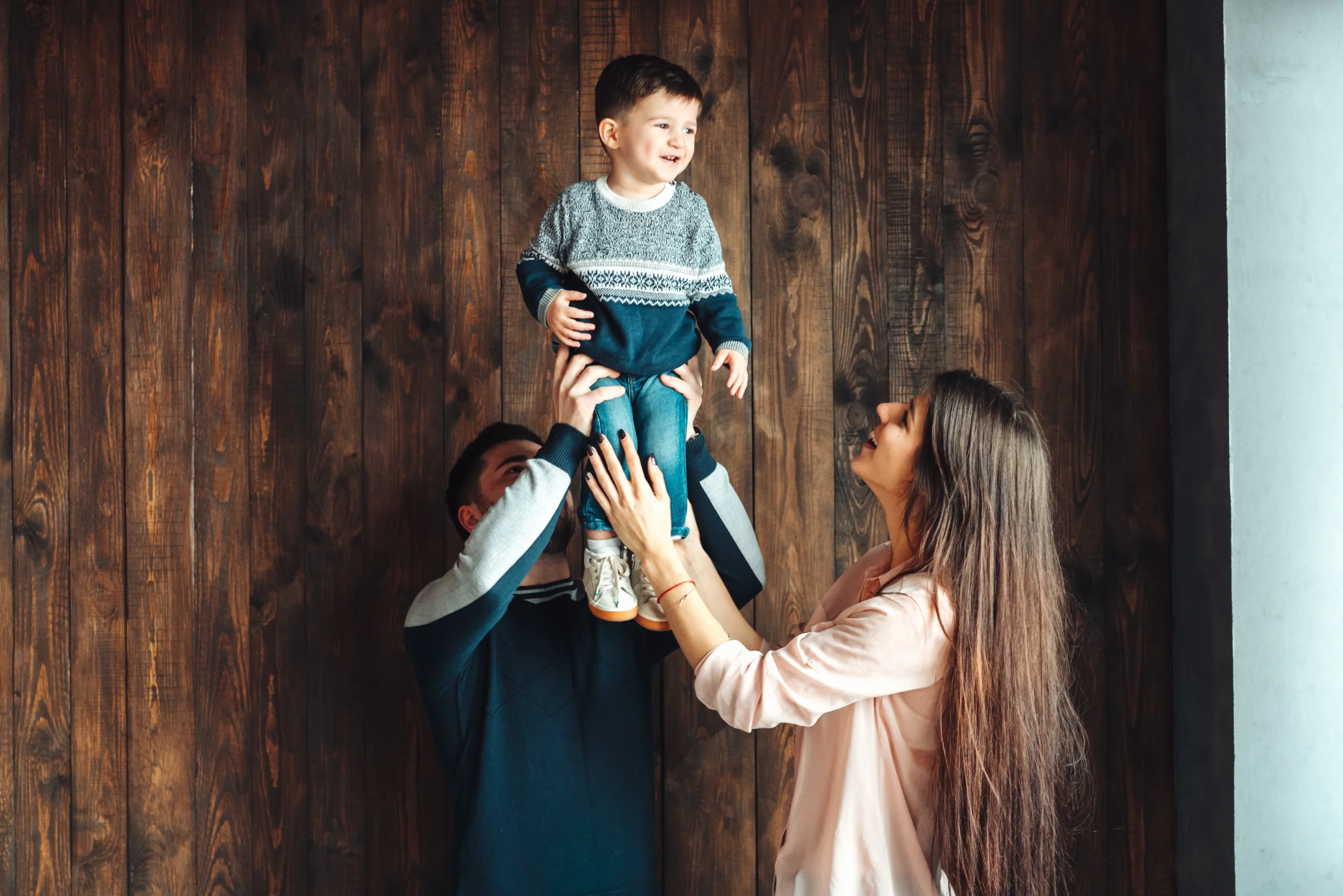If you’re a parent, you’ve probably witnessed the full spectrum of your child’s emotions—tears over the wrong cereal bowl, frustration about bedtime, or anger when asked to share a toy. And in those heated moments, it’s tempting to react. But what if, instead of reacting, we responded with intention?
As a Child Development Specialist, I’ve guided hundreds of parents in the U.S. and beyond to embrace mindful parenting—an approach that empowers you to show up with calm even when your child can’t. In this blog, I’ll share how to manage your own triggers and respond thoughtfully to your child’s emotional storms, promoting connection and emotional regulation for both of you.
1. Pause First, React Later
It might sound simple, but pausing before responding is one of the most transformative parenting tools.
Big emotions often stem from unmet needs, hunger, fatigue, or overstimulation. When a child’s brain is flooded with emotion, they aren’t ready for logic or lectures. They’re looking for safety and connection.
As the conscious parent, your job isn’t to fix the emotion—it’s to be a calm presence during it.
Try this: Place your hand on your chest when your child is upset and silently count to five. This grounding technique helps regulate your nervous system so you can model calm.
2. Validate, Don’t Minimize
Have you ever said, “It’s not a big deal,” only to watch your child’s tantrum escalate? That’s because, to them, it is a big deal.
Active Listening Parenting involves reflecting your child’s feelings, even if they seem exaggerated.
- “I see you’re really upset because your toy broke.”
- “That sounds frustrating. I’d feel that way too.”
This is the foundation of Nonviolent Communication—validating without shaming or correcting right away. You’re teaching your child that emotions are okay, and that they are safe to express them.
By doing this, you promote emotional regulation kids can internalize for life.
3. Set Boundaries with Empathy
Responding with compassion doesn’t mean being permissive. Children thrive on boundaries, especially when set with love.
Example: “You’re allowed to be angry, but it’s not okay to hit. Let’s use words or take a break.”
This approach aligns with positive discipline strategies for toddlers—teaching without punishment. You’re still the conscious parent, but you’re guiding instead of controlling.
Over time, this creates Holistic Child Development, where emotional intelligence grows alongside empathy, communication, and resilience.
Real-Time Parenting Insight
According to a 2023 report from the American Psychological Association, 70% of parents in the U.S. admit to reacting emotionally during conflicts with their children. However, children whose parents consistently respond with calm and empathy are shown to have higher self-esteem, improved school performance, and better peer relationships.
That’s the real power of how to implement conscious parenting techniques at home—it’s not just about the moment; it’s about long-term emotional development.
Conclusion: Responding is the New Reacting
No parent is perfect—we all have moments when we raise our voices or feel overwhelmed. But each moment of connection is a chance to teach your child that emotions are not something to fear, but something to understand.
Tip: Keep a “Feelings Chart” on your fridge. It helps your child identify what they’re feeling, and it gives you a visual cue to help start a calm conversation.
Don’t forget to follow us on Instagram, and YouTube for more insights and expertise on raising emotionally intelligent kids.
For the latest news and updates, click here to view our recent press releases.






